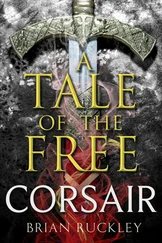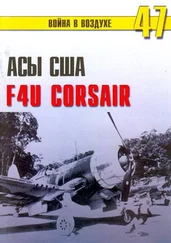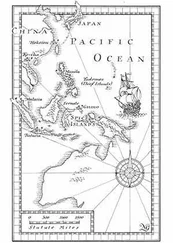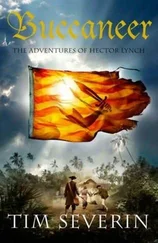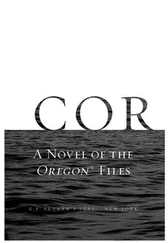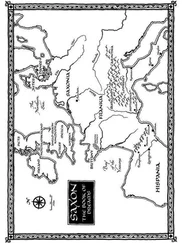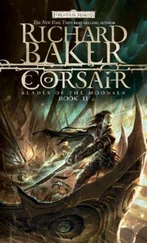Turgut walked over to a large cedar wood chest in one corner of the room and lifted the lid. ‘In here I keep the notes and observations which I have compiled during half a lifetime of voyaging. They are in no sort of order. I will want you to find a way of checking the information contained in them against the details in the ships’ logs, and then work out which is more likely to be correct. To do that, you will first have to learn to read my writing, which is often untidy as it was done on shipboard, and the script is Ottoman.’
‘I will do my best, effendi,’ offered Hector. ‘In the bagnio a Syrian Christian, who was taken prisoner in the Levant, showed me a little of the Arab way of writing. With practice, I should be able to carry out your wishes.’
‘Excellent!’ said Turgut, whose enthusiasm to update the Kitab-i Bahriye was increasing with every task he loaded on his new scrivano. ‘I will arrange a tutor for you, a learned man of my acquaintance. He will give you some lessons in the formal elements of our calligraphy, and it would do no harm if you also began to acquire some Turkish from him as well. Lingua franca is all very well for basic communication, but there will be times when it is necessary to discuss the finer points of navigation and map preparation. This library is where you will work every day from now on, except Friday of course. I will give instructions to my steward that your midday meals are to be brought up here. That way you will not waste time.’

IN THE DAYS that followed, Hector discovered he enjoyed the tasks set for him. He relished the challenge of deciphering faded or incomplete notes scribbled down by unknown shipmasters, then arranging the snippets of information into a coherent form which – the Captain told him – one day might take on the shape of a map or chart. He learned to read his master’s writing, even though the captain had the disconcerting habit of using both the flamboyant diwani script of the court and more ordinary workaday lettering in the same sentence. Within a fortnight Hector also understood enough spoken Turkish to follow the captain as his master worried his way through the jumble of information accumulated in his archives over the years. At random Turgut would select a document from the chest and read it out, often hesitating as he tried to remember what exactly he had meant to record so many years ago. It was Hector’s job to correlate that information with the material he had already extracted from the logbooks of the shipmasters. As the days passed and Hector showed more and more of his ability, Turgut Reis gradually slipped into the habit of treating him more like a talented nephew than a possession he had bought at auction.

ONE MORNING Hector was alone in the captain’s library, poring over the salt-stained pages of a Dutch sea captain’s logbook, when his attention was distracted by a glint of light reflecting from a bright object on one of the cabinet shelves. Feeling in need of a break from his work, he strolled over to investigate. A shaft of sunlight was shining on a thin brass disc about as broad as the palm of his hand and inscribed with Arabic writing. There were four similar discs, one of which was cut away with a series of strangely shaped holes. It was obvious that the discs had been made to fit neatly into the face of a circular instrument made of heavy brass lying beside them on the shelf. He was standing in front of the cabinet wondering about the device, when Turgut Reis entered the room behind him and said, ‘That was given to me by my father’s father, peace be upon him. After you become a Muslim, you may one day be glad to own such an instrument yourself. Here, let me show you why.’
Picking up the instrument, Turgut brought it up to his eye. Hector saw that attached to the back of the device was a small brass bar with a peephole at each end. This bar could be turned on a pivot. ‘You hold it like this,’ said the captain, squinting through the peepholes as he moved the bar gently, ‘and take a sight on the star you have selected. It is like taking aim with a musket. The alidade, which is the name we give this bar, measures for you the angle to the horizon.’
He turned the instrument over, and showed Hector the numerical tables inscribed on the back.
‘If you have fitted the correct discs you can read off the time when the sun will rise and set wherever in the world you are, which stars and constellations will be in the night sky overhead, and the times they will rise and fall. That way you will know the qibla, the true direction of the kaaba in Mecca, and so you will be able to say your prayers in the right direction and at the right times.’
‘A sailor on the ship that brought me to Algiers could tell which direction we were travelling and about how far we had come by looking at the night sky,’ murmured Hector. ‘He said there was much more to be learned from the stars.’
‘He spoke the truth,’ answered Turgut, ‘and, by Allah’s will, it is the people of the True Faith who enriched our understanding of the marvels of the firmament. Let me show you something else.’
He went to another cabinet and lifted out what looked like a round paper lantern, and rotated it carefully in his hands. ‘See what is written on the surface.’ On closer inspection, Hector saw that the lantern was made of parchment stretched on a fine mesh of copper wire. The surface bore dozens of pictures. He recognised a bear, the figures of several men, a creature which was part goat and part fish, another in the shape of a crab. It took a moment for him to realise that they were the signs of the zodiac and the constellations.
‘It is a map of the heavens,’ said the captain. ‘I bought it many years ago from a merchant who was selling curios. The Sultan himself owns many such items – they are called celestial globes by those who study such things – and the Sultan’s are far more substantial. One is an immense ball of pure marble carved to show the forty-eight constellations and more than one thousand and twenty-five stars. But this one, though humble, is important to me. Look closely.’
Hector examined the figures on the globe. Each picture was drawn to enclose a group of stars. But it seemed to him that the stars were so scattered and irregular that it took a great deal of imagination to see how they defined the figure. But the captain was speaking again, his voice animated.
‘The salesman told me that one of the great scholars of the north – I believe he was a Dutchman – drew this star map more than a hundred years ago. It encompassed everything he knew about the heavens, all that he had learned from his reading and his years of study. The moment I saw it, I knew I had to buy it. Because I noted that when the Dutchman came to write down the names of the buruj, the constellations, he used the language and writing of the men whose wisdom he had acquired – the language of the holy Qur’an. See, here he has written Al Asad Buruj for the constellation shaped like a lion; and here is Al Akrab Buruj, the insect with a deadly sting in its curved tail.’
Now Hector understood his master’s enthusiasm for the globe. It was true that instead of writing out the names of the constellations in Latin or his native tongue, the Dutch map maker of the stars had inscribed the names in Arabic. ‘And here! And here . . . and here!’ Turgut was pointing to the names of individual stars also marked on the globe. ‘Note the names he has given them: Rigel, which means “the foot” in the language of true believers; Altair is “the flyer”, and this star here, Alderbaran, signifies “the follower” because it appears to pursue that cluster of six stars in the constellation we call Ath-Thawr, the Bull.’
Читать дальше


